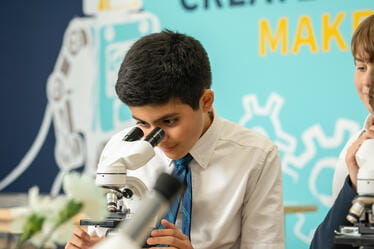We use cookies to improve your online experiences. To learn more and choose your cookies options, please refer to our cookie policy.


February 1908, in New York City, a group of strong, empowered women of the early suffragette's movement marched in the city for better pay, shorter working hours, and the right to vote. 114 years later and this march is still going on, only not just in New York, but around the world. You would have thought that after 114 years the world would have moved on and gender equality would be the norm.
Sadly, this is not the case. On Tuesday, the world continued to celebrate International Women's Day, continuing the fight for many of the same issues around the world.
It is a day when we shine a light on the issues and inequalities affecting women across the world, celebrate the achievements of women, and open discussions about how we can bring about positive change with equity and equality. Sure, one day is absolutely not enough, it is but a start of the conversation, yet it is still an effective amplifier of the voices of women in our society.
Last year we saw some historic steps forward with the US nominating the first Black woman to the Supreme Court, the first woman Vice President finished her first year in office, and the first openly transgender state senator was sworn into office. We saw the first-ever female referee to officiate a Super Bowl, the first woman to lead the World Trade Organization, and in Sweden, Tunisia, and Samoa they all elected their first women national leaders. There are many more notable achievements by women around the globe.
However, it is by far not enough. There are only 26 women serving as world leaders across the globe out of hundreds of positions, just 8.1% of all Fortune 500 companies have women as CEOs, and just 10 countries in the world offer fully equal rights for women in the workplace ‒ and no, the US and the UK didn’t make the cut. There are still so many inequalities and unconscious biases in the world. We can and should do better. Even the humble traditional car seat belt was designed for the male body, meaning that those with typically feminine bodies are 47% more likely to have severe injuries in car crashes.
We live in a time when we must rethink our world, challenge gender stereotypes, work to eliminate gender biases, and create a culture of inclusion with an acceptance of a person in their own right, and not judge for their gender identity. These changes must start within the minds of a future generation: the children in schools today, at BISC and in every school. If we can create a safe space to explore personal identity, build a culture of acceptance and understanding that looks beyond the surface, and empower young people to call out bias when they see it, we might have a chance to narrow the gap and create a future world that is more just for all people. At the heart of an international education is the development of a genuine interest in the lives of others and a belief in the value of pluralism. Let’s break the bias by continuing the conversation.